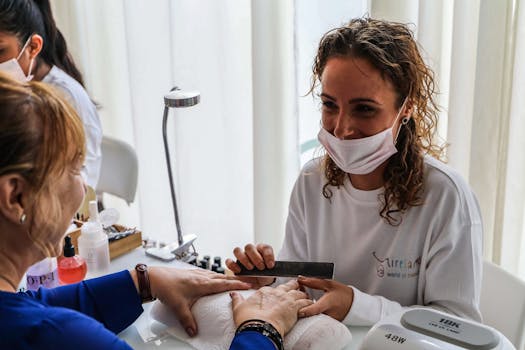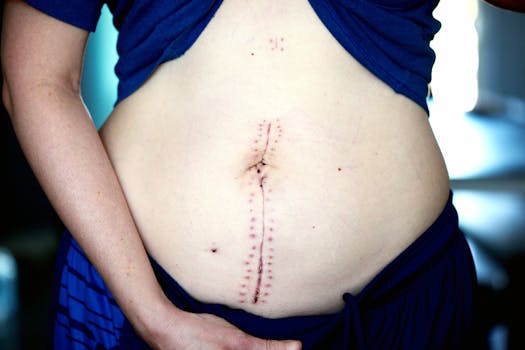Deciding to get abdominal implants is as much a financial choice as a personal one. If you’re researching options, understanding typical fees, additional charges, and the recovery timeline will help you plan. One of the first questions people ask is how much does abs implants cost, and the short answer is: it depends on several factors including surgeon experience, geography, and whether you combine the procedure with other body-contouring work.
Abdominal implants cost: what affects the price
Several components make up the final bill. The headline surgeon fee often accounts for a large portion, but facility charges, anesthesia, pre-op testing, and post-op garments or follow-up visits add to the total. Other variables include:
- Surgeon expertise and reputation — board-certified and highly experienced surgeons typically charge more.
- Geographic location — metropolitan areas and high-cost regions have higher fees for clinics and staff.
- Complexity of the case — combined procedures (liposuction, abdominoplasty, or muscle repair) increase time and cost.
- Type of implant or sculpting technique — customized solid implants versus fat grafting or implants with fixation systems can vary in price.
Typical price ranges and what they include
Estimates vary, but in many markets the total cost for abdominal implant surgery ranges from a few thousand to several thousand dollars when factoring in all services. That total usually includes:
- Surgeon fee
- Operating room/facility fee
- Anesthesia fee
- Post-operative follow-ups and dressings
Ask clinics for a written quote that itemizes each charge so you can compare offers. If a price seems unusually low, confirm what’s excluded — hidden costs often surface during recovery.
Financing, insurance, and alternatives
Because abdominal implants are typically elective cosmetic procedures, insurers rarely cover them unless there is a clear functional or reconstructive need. Many practices offer financing plans, payment providers, or medical credit options to spread the cost over time.
Alternatives to implants include abdominal etching through liposuction or fat grafting techniques; some patients explore fat grafting to augment contours, which may be discussed alongside breast or body procedures. For those interested in fat-based augmentation in a different area, see this resource on fat transfer breast augmentation cost and what to expect for an example of how fat-based procedures can affect overall treatment planning and cost.
Questions to ask your surgeon
Before committing, be prepared with a checklist to get clear answers about:
- Detailed, itemized cost estimates
- Surgeon’s experience specifically with abdominal implants
- Expected recovery timeline and any limitations that could affect work or travel
- Potential complications and how they are handled financially
Recovery, risks, and long-term maintenance
Recovery times vary, but most patients need several weeks before resuming strenuous activities. Risks include infection, asymmetry, scarring, or implant shift; ask how complications are managed and whether follow-up visits are included in the quoted price. Long-term maintenance might include revision surgery, which adds to lifetime cost considerations.
For general background on abdominal procedures and what they involve, the National Library of Medicine provides a reliable overview you can consult: overview of abdominoplasty procedures.
Quick cost checklist
- Get at least two itemized estimates from qualified, board-certified surgeons.
- Confirm what follow-up care and potential revision work is included.
- Explore financing or payment plans if needed.
Frequently asked questions
Q: Is the price for abdominal implants the same everywhere?
A: No — abdominal implants cost depends on location, surgeon experience, facility fees, and whether additional procedures are performed. Always request an itemized quote.
Q: Will insurance cover abdominal implants?
A: Most insurers consider abdominal implants cosmetic and do not cover them unless there is a documented reconstructive or medical necessity. Check your policy and get pre-authorization if you think coverage might apply.
Q: Are there less expensive alternatives?
A: Yes — liposuction, abdominal etching, or fat grafting can sometimes achieve a sculpted look with different trade-offs in longevity and risk. Discuss pros and cons with a qualified surgeon.






